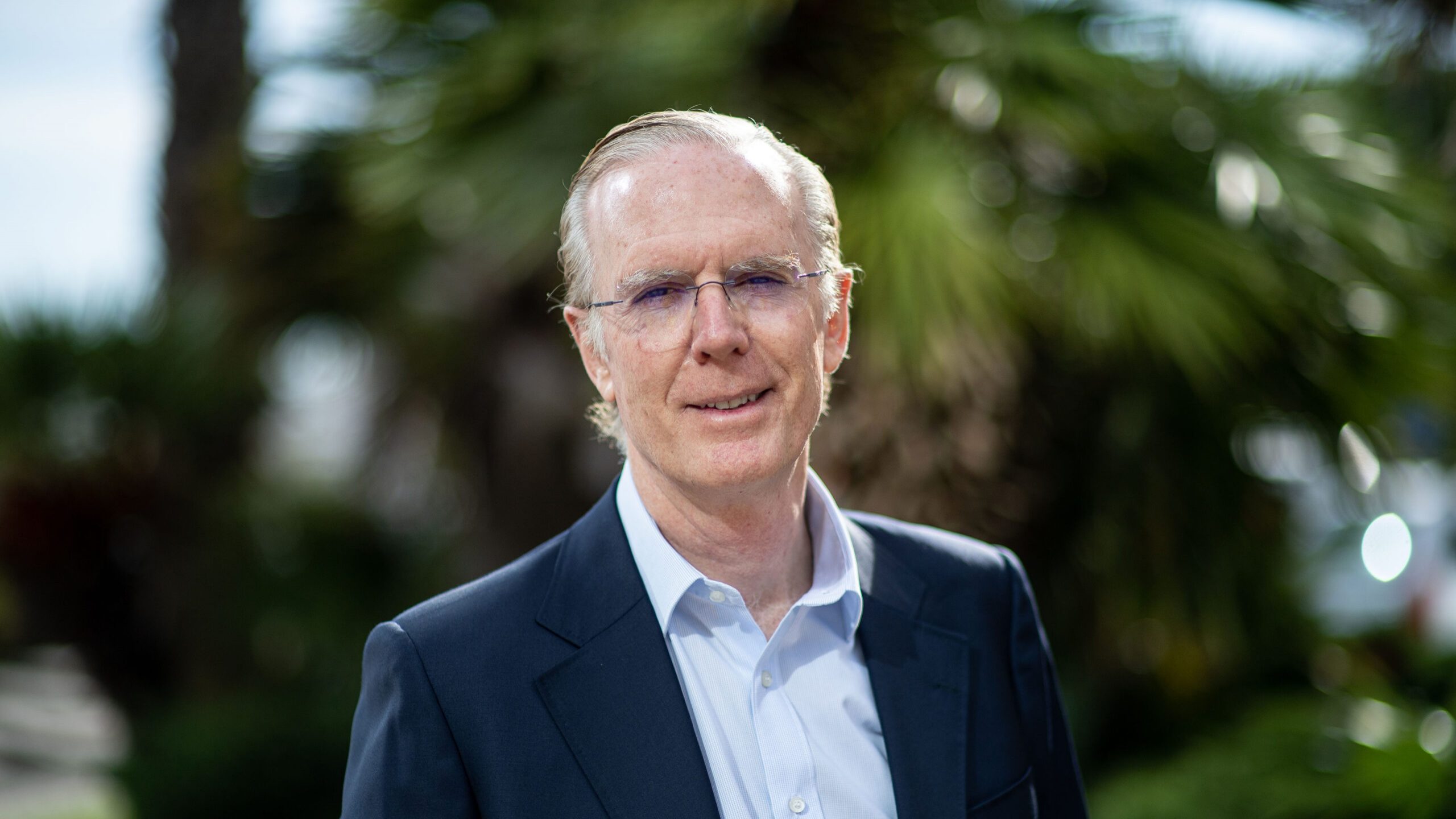EDPR using Singapore as springboard for expansion in Asia, Australia
On a floating solar park on Singapore, EDPR reveals the plans to use the city-state as a platform to expand in Asia and eventually reach Australia.
On a floating solar park on the Singapore side of the Straits of Joh, the chief operating officer for the Asia-Pacific region of EDP Renováveis (EDPR), the renewables subsidiary of Energias de Portugal (EDP), explains the company’s plans to use the city-state as a platform to expand in Asia and eventually reach Australia.
Pedro Vasconcelos points to the park – comprising 13,000 solar panels on the straits that form the border with Malaysia – as an example of the type of projects that prompted Portugal’s privatised utility to bet on this new region for it, completing the global ‘puzzle’.
On February 24, EDPR, which is 74.98% owned by EDP, announced it had completed the acquisition of a 91% stake in Sunseap, one of the largest solar energy companies in Southeast Asia, for €600 million.
“To present ourselves as a global company, as we did in our business plan in 2021, we were missing a very important piece that represents half of the world’s growth,” notes Vasconcelos.
“APAC was the missing link,” he goes on. “We found Sunseap and felt that in the region we could benefit by standing on the shoulders of what the company has already built and build on those achievements.”
He stresses that although the region is lagging behind Europe and the US in terms of renewable energy penetration, it has potential based on the new targets for the use of clean energy sources in several countries.
EDP, which isresent in nine markets in Asia – China, Japan, South Korea, Taiwan, Vietnam, Malaysia, Thailand and Indonesia, as well as Singapore, its regional headquarters – describes Sunseap as a “pioneer” in solar, with over 700 megawatts of installed capacity and a pipeline of new investment over 6 gigawatts.
Vasconcelos lists EDPR Sunseap’s goals for the region: add 2 GW of installed capacity by 2025, invest over €6 billion by 2030 and hire 400 workers in the next two years, adding to the current 600.
By the end of the growth cycle in 2025, the energy company expects to be benefiting from what he calls ‘utility scale’ projects – that is, large-scale solar farms capable of generating significant volumes of power comparable even to coal plants, with each adding capacity of between 100 MW and 200 MW.
“Our strategy for this type of technology is strongly focused on Vietnam, China, South Korea, Japan, but also potentially Australia, if we can find the right opportunities to enter,” the COO adds. “Australia is a very sophisticated market, a market that has high quality wind and solar resources. At the same time, it is a highly penetrated and therefore competitive market.”
He adds, however, that Australia’s potential is greater than what the market itself represents today.
“With the new Labor Party government, we see a willingness to re-establish long-term renewable penetration guidelines, and that’s great from an intrinsic perspective of market dynamics, so we even see the prospect of the country positioning itself as a green energy exporter,” he adds. “It will be long term, but it is something that we find interesting and it definitely makes sense.”
In the short term, EDPR Sunseap’s main growth technology is decentralised generation (DG), which requires looking at water – as in the case of the solar park on the straits of Joh – and the sun as solutions.
At Block 36 Clementi Avenue, near the south coast of Singapore Island, Zeet Seet Chee Wee, project manager at the Housing Development Board, shows how the government wants to use rooftop space to generate solar power.
A system of panels is installed on the roof of the 12-storey block that powers the building’s flats and then transfers the remaining energy to the public grid.
Speed of installation is among the pluses, says Zeet Seet Chee Wee: each installation takes just 12 weeks, from laying to testing.
The project, the second of its kind for Sunseap, involves the installation of 170,000 panels on 1,200 residential blocks and 49 government buildings, with the aim of generating 70 MWp (megawatt peak) and the potential to offset some 42,152 tonnes of carbon emissions.
Over the two projects, Sunseap is to install 600,000 panels across 2.4 million square metres, generating power for 60,000 flats.
Pedro Vasconcelos points out that in a region with a high population density that makes it difficult to find space to create solar or wind parks of 200 MW or 300 MW, such as the ones the energy company has in Brazil or the US, the DG technology is a real “Trojan horse” to enter the market.


